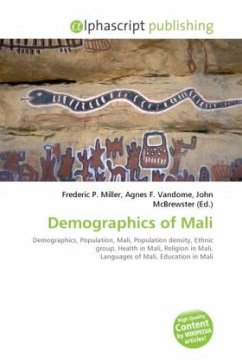The Culture of Mali derives from the shared experience as a colonial and post-colonial polity, and the interaction of the numerous cultures which make up the Malian people. What is today the nation of Mali was united first in the medieval period as the Mali Empire. While the current state does not include areas in the southwest, and is expanded far to the east and northeast, the dominant roles of the Mandé peoples is shared by the modern Mali and the empire from which it took its name. In the east, Songhai, Bozo and Dogon people predominate, while the Fula people, formerly nomadic, have settled in patches across the nation. Tuareg and Maure peoples continue a largely nomadic desert culture across the north of the nation. The interaction of these communities (along with dozens of other, smaller ethnicities) have created a Malian culture marked by heterogeneity as well as syntheses where these traditions intermix.








